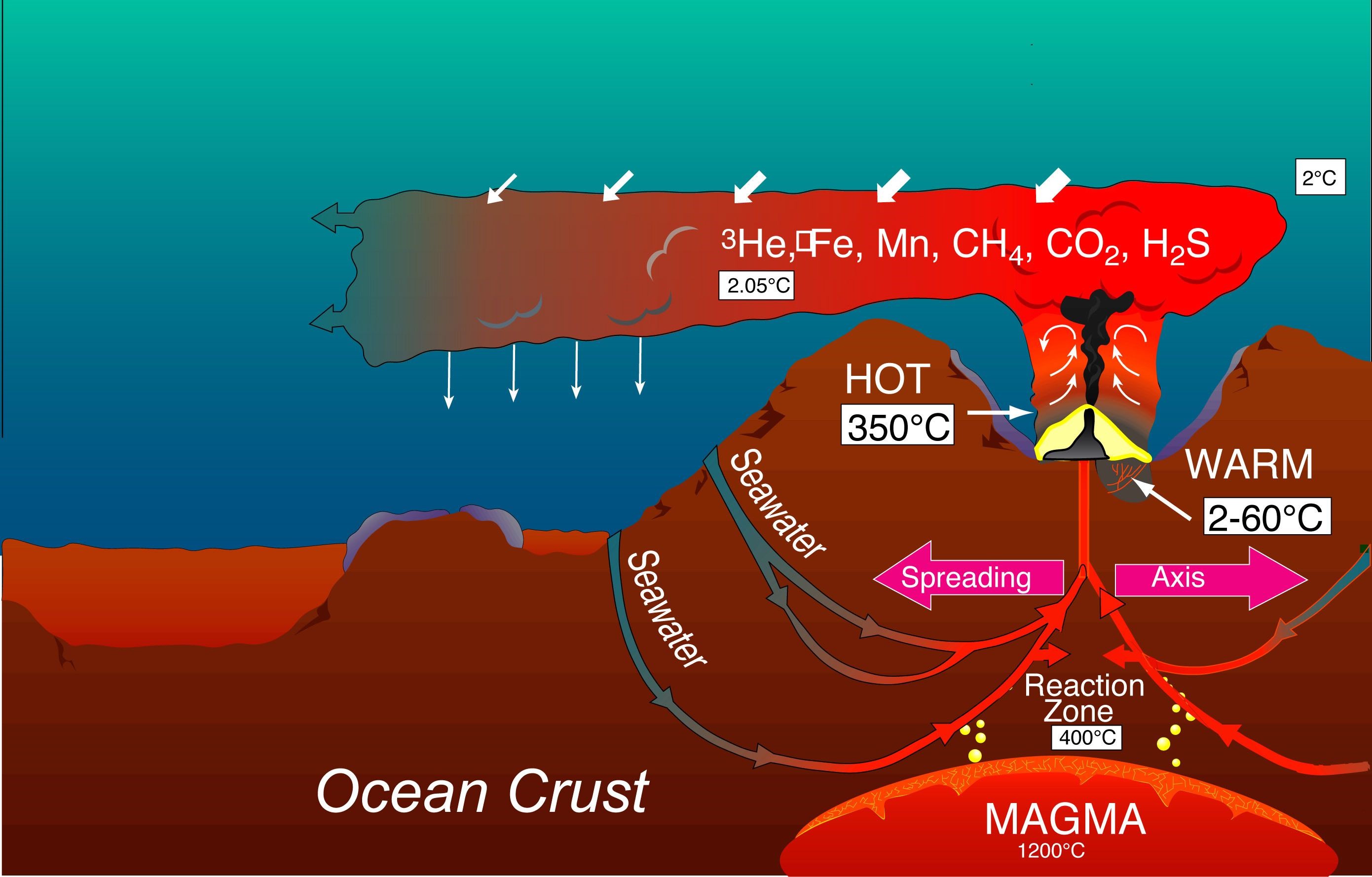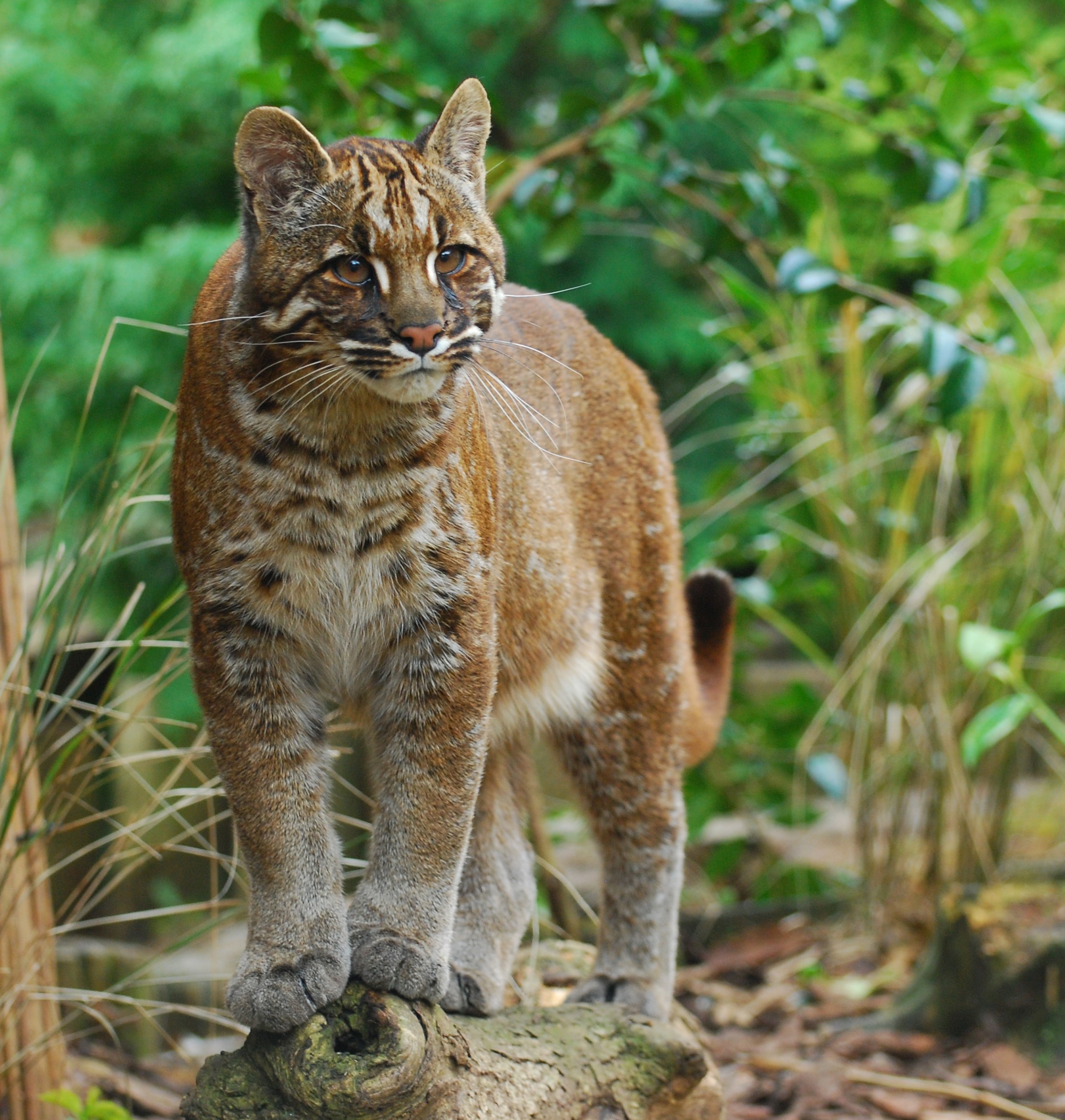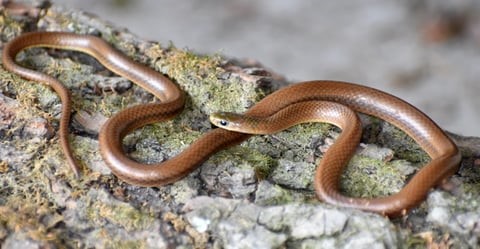The Supreme Court recently said cases of stubble-burning and “pick-and-choose” policy adopted by the Punjab and Haryana governments violated citizens’ right to live in a pollution-free environment.
Reference
The Hindu |Right to live in a pollution-free environment
1 person has died and 10 have been hospitalized in the US due to an E.coli infection after eating McDonald’s burgers.
Reference
The Indian express | what is E.coli?
Recently, animals found living underground near deep-sea hydrothermal vents using the remotely operated underwater vehicle SuBastian.
The deepest vent located so far is in the Cayman Trough, which is the deepest point in the Caribbean Sea. The trough is located along the boundary between the North American Plate and the Caribbean Plate.

East Pacific Rise (EPR) is a mid-ocean rise at a divergent tectonic plate boundary, located along the floor of the Pacific Ocean.
References
Presence of ‘Asiatic golden cat’ reconfirmed in Assam’s Manas National park recently.

References
A team of scientists named a new species of snake, Anguiculus dicaprioi recently.

References
xielili588 5 months
Thank you for these daily prelim bits! They're incredibly helpful for quick revisions and staying updated without getting lost in too much detail. The CRZ and Generative AI points were especially relevant. Keep up the great work! For instant naming inspiration, Name Generator offers custom categories and endless ideas!